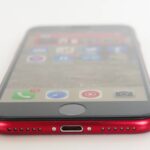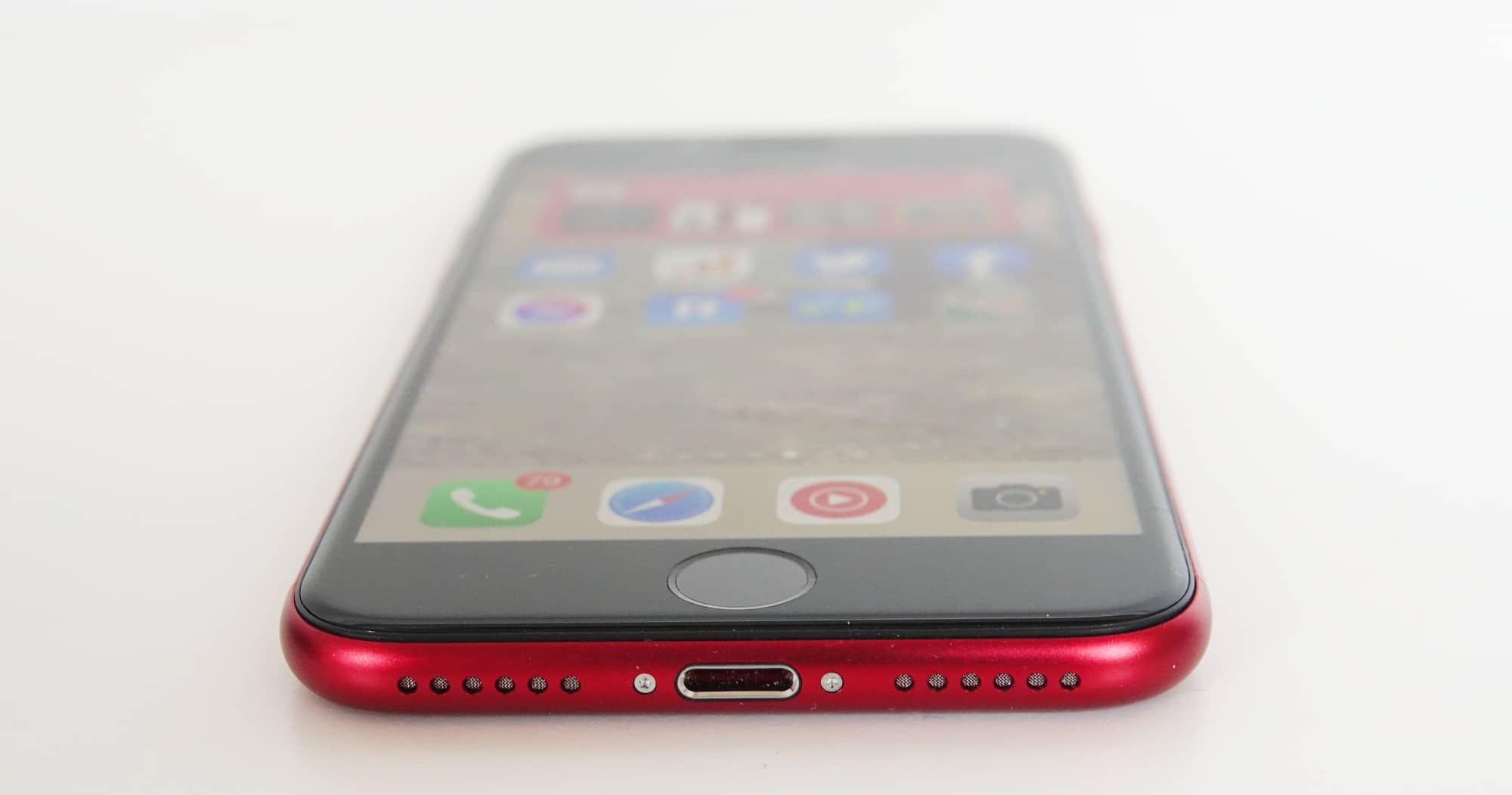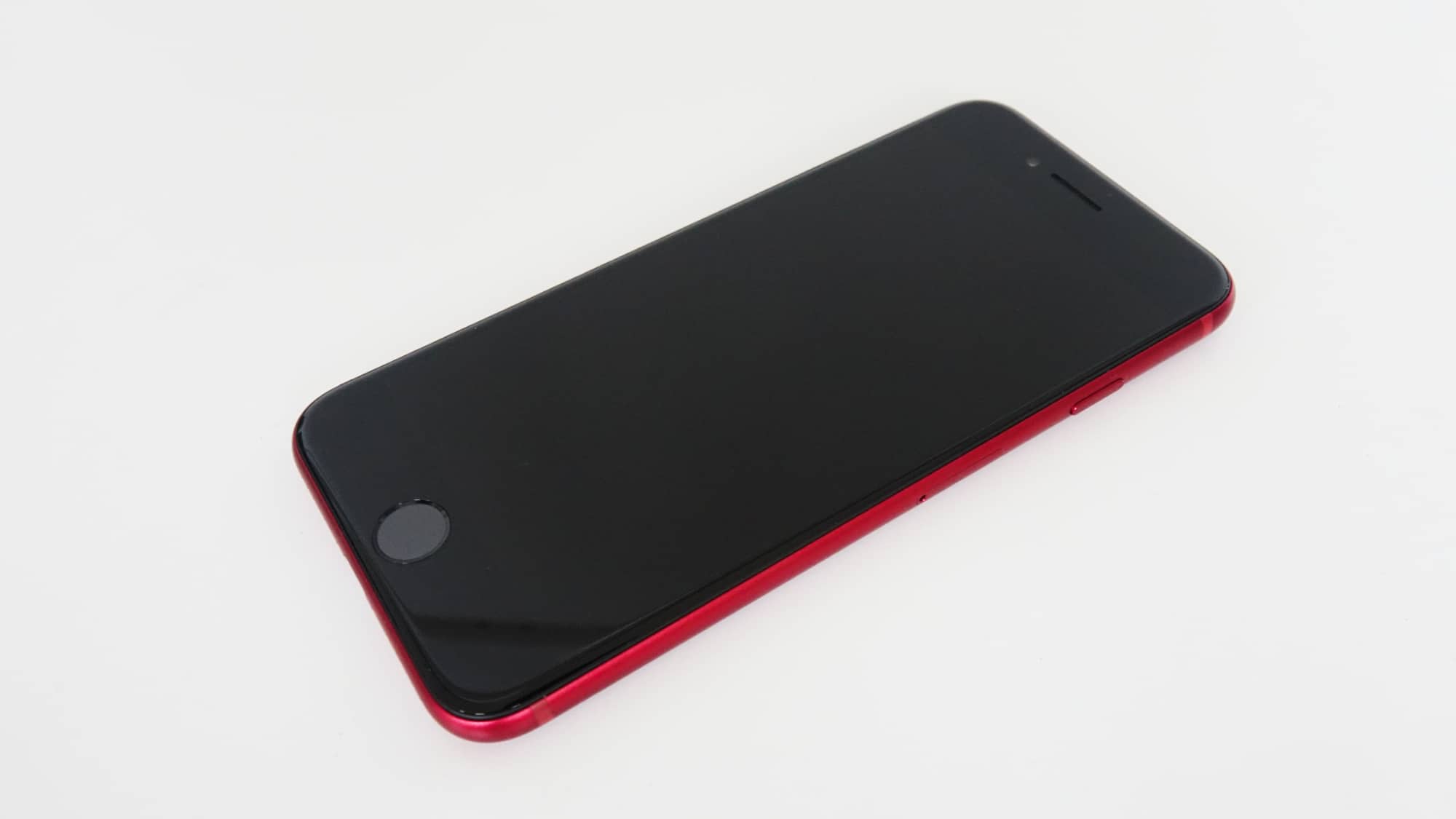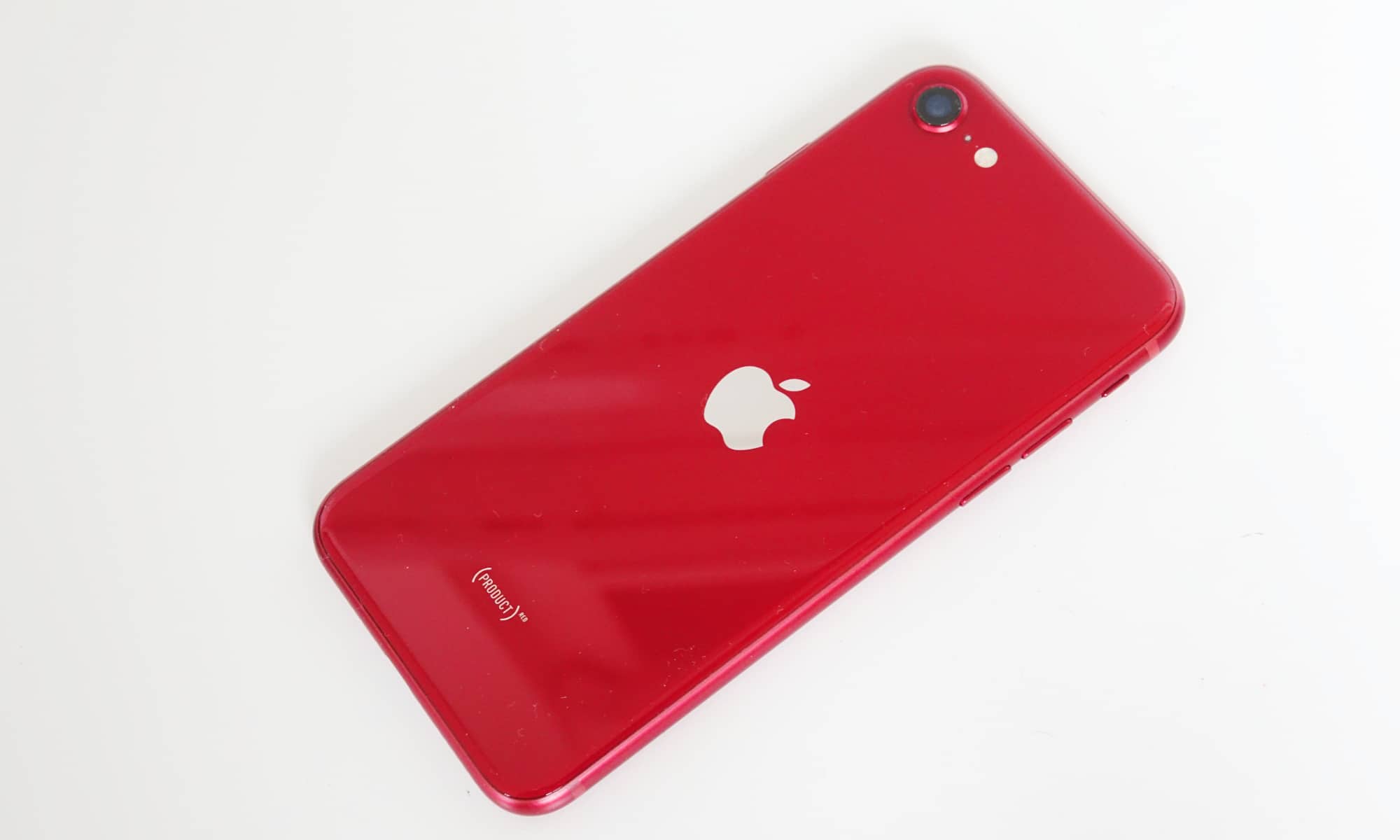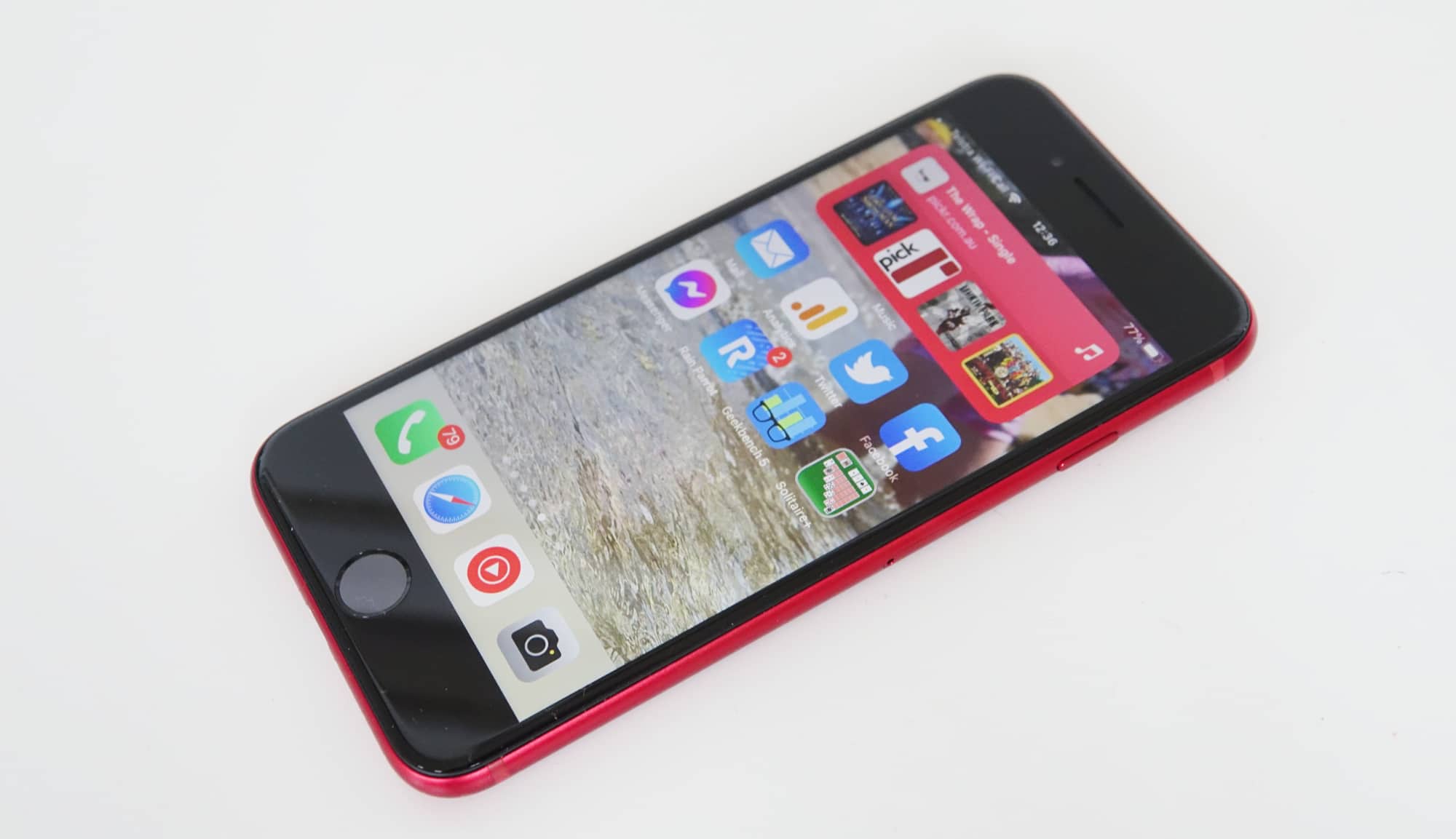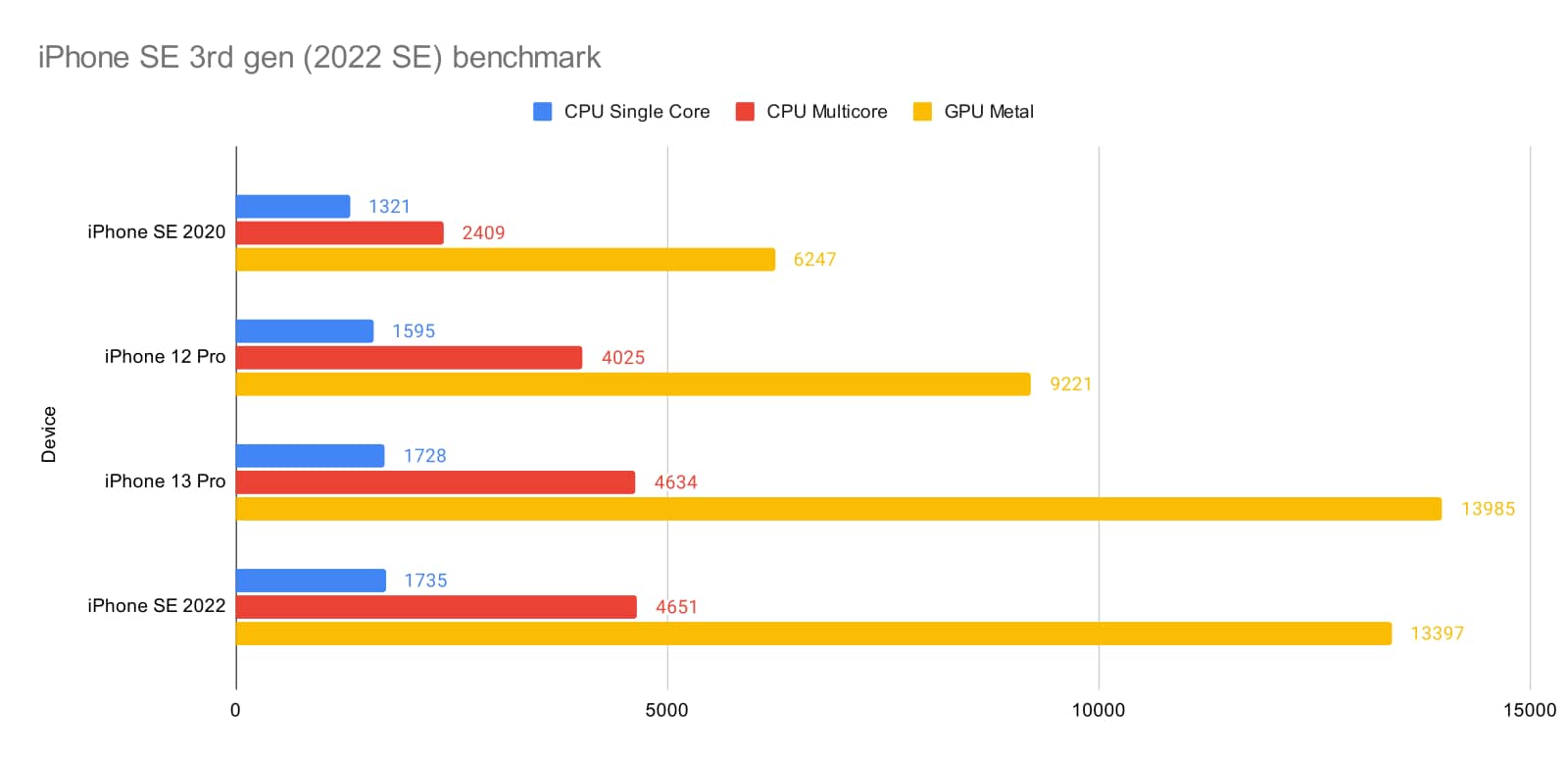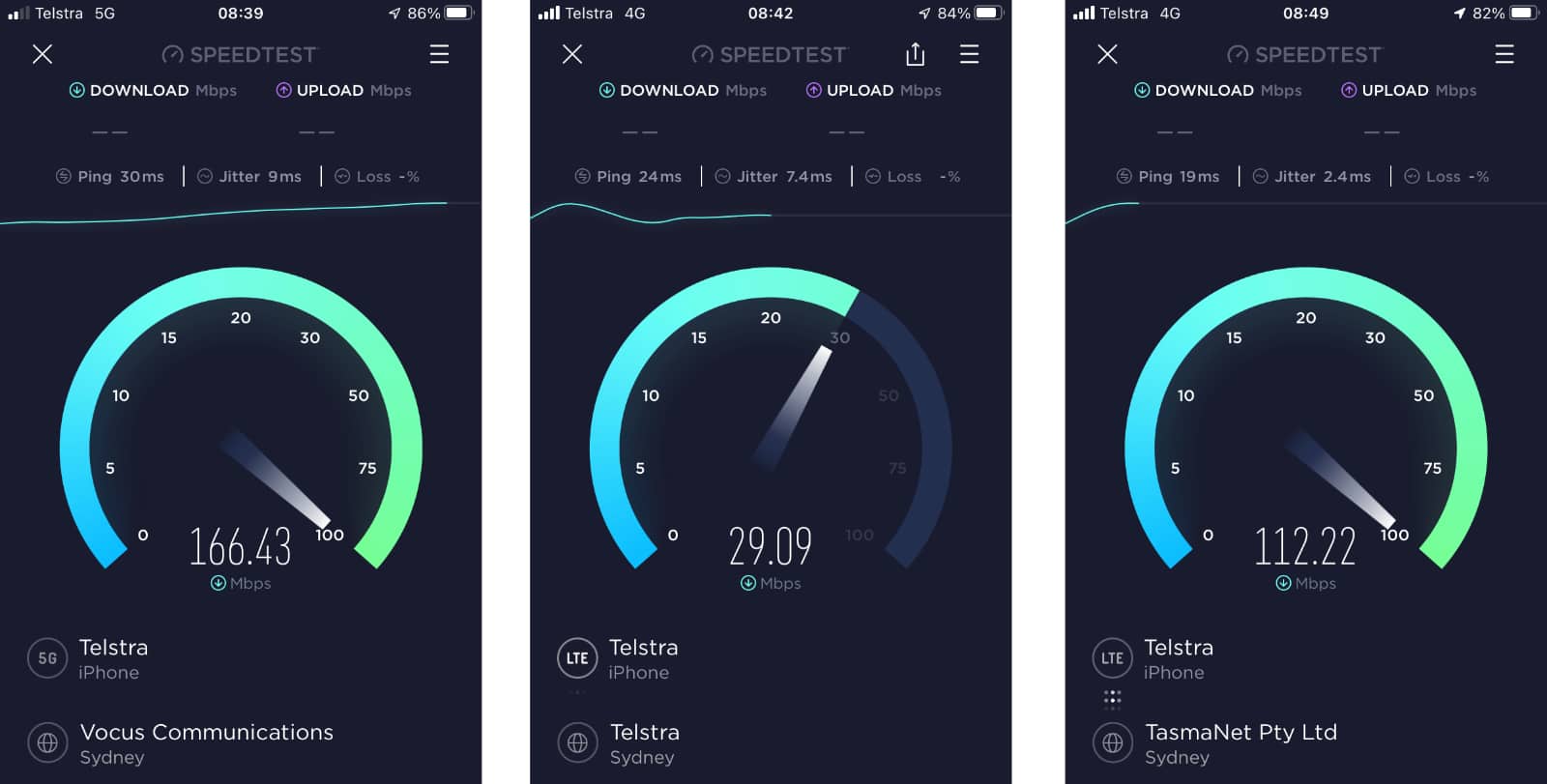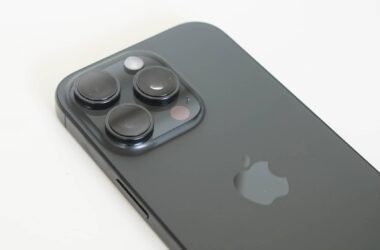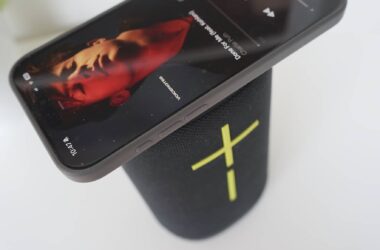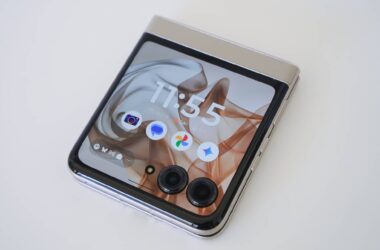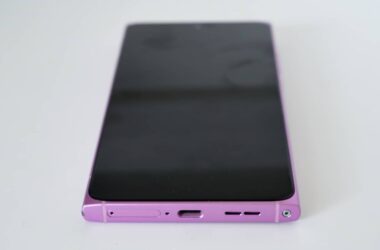Quick review
The good
The not-so-good
If you’re not a fan of the full-screen iPhone design, the 2022 iPhone SE could suit, with an updated classic aimed to keep Apple’s affordable phone going for a few more years yet.
You can use a lot of words with the iPhone, ranging from “high quality” to “solid”, but “premium” typically covers it all. One of the more consistent premium offerings in the smartphone world, Apple’s iPhone is one set of devices that has never really been matched with the words “cheap” or “affordable”, and yet one range gets quite close.
First released in 2016 and subsequently updated in 2020, Apple’s iPhone SE is the one range of the iPhone able to get a model of iPhone down in price. It’s the model of iPhone you might regard as “affordable”, and this year, it’s a little more like the most recent premium model, the iPhone 13.
The latest SE update sports a new chip and support for 5G, essentially boosting its life by a little more, potentially giving new owners some future-proof compatibility for Apple’s least expensive iPhone.
Design
It’s been so long since we looked at this design, it almost feels like a stranger. Sure, it’s been in the market for a couple of years, and before it a little longer, but we’ve been so preoccupied with big phones, we’d largely forgotten it was there.
And yet here it is once more, as the iPhone 8 style is revived for a new generation of a phone. An updated generation, but new all the same.
Smaller than pretty much everything else we’ve seen in ages, the iPhone SE is still easy told and very pocketable, but so small that it also might fall out of your pocket, as it did with us a few times. The 2022 iPhone SE is a small phone, and not just because its screen size is positively tiny, but because the overall dimensions make it quite small.
Encased in metal and glass, Apple has kept things looking largely the same from the iPhone 8 as it was back in 2017, delivering a nice look, albeit one that’s a touch dated. You won’t get the slick firm edges of the iPhone 12 or 13 here, nor will you get the big mostly screen design we’ve seen since the iPhone X.
Essentially, this is the classic iPhone that looks a little like the iPod Touch, but taller and built for folks who like smallish phones for their hands and pocket. Oh, and the old cases fit the new phone, as well, so that’s something.
Features
With an identical look to the classic iPhone style, the hardware is also quite reminiscent, offering much the same of what we saw last time, merely updated.
You’ll find a 4.7 inch screen up top running the high-def only resolution of 1344×750, a True Tone display matching the white balance of the room and environment, though that’s the same as last time.
The chip is actually the main difference, getting the 6-core Apple A15 Bionic straight out of the iPhone 13, complete with a 4-core GPU and 16-core Neural Engine, plus support for 5G, as well.
That chip is largely it for what’s new, with the 12 megapixel camera the same, but getting a little boost in capability thanks to the A15, supporting Smart HDR 4, Deep Fusion. And Photographic Styles, plus Portrait Mode and 4K video. On the front, there’s a 7 megapixel selfie camera, though that is largely the same, as well.
Apple has left WiFi and Bluetooth largely the same, though, alongside GPS and GLONASS, plus Near-Field Communication (NFC) for Apple Pay, wireless charging, and IP67 water resistance, plus a fingerprint sensor under the home button at the front.
There is but one wired port on the iPhone SE, with a Lightning port at the very bottom.
In-use
With much the same design going on since the previous iPhone SE, and indeed the iPhone 8, 7, and 6 before it, the 3rd gen iPhone SE will appeal to folks who love this style and how you use it.
And that’s because it is pretty much the same. You get the 4.7 inch screen flanked on both the top and bottom by bezels, with that home button complete with a fingerprint sensor at the bottom letting you jump in, deal with passwords, and pay for things. Touch ID, as Apple calls it, is just as fast as it ever was and works just as well, making it ideal for folks who aren’t a big fan of the facial recognition system in Face ID.
Otherwise, using the iPhone is just as easy as it is on any other iPhone, with gestures supported here, plus iOS 15’s widgets in the menu screen, giving you a lot of control to make your iPhone truly yours, even if it’s your small iPhone.
Performance
Armed with the same chip found within the iPhone 13, you’ll find a solid burst of performance in the iPhone SE, and surely enough to keep you happy for the next few years.
Benchmark-wise, the 2022 iPhone SE outperforms its predecessor quite well, and pushes up against the 13 models quite well, as well. This is a fast phone, and is basically an iPhone 13 or 13 Pro held inside the style of an old iPhone.
It’s much the same sort of experience with 5G, because that’s a part of the package as well. You might not need 5G, and the technology still doesn’t really solve any problems beyond giving you faster speed for your data, but it’s here, allowing more people to take advantage of those speeds across Australia.
Testing 5G on the iPhone SE using Telstra’s 5G network, we found speeds as high as 200Mbps thanks to occasionally patchy 5G connections around Sydney, though your experience will vary based on where you are and the connection you’re getting.
Camera
One area you might think has drastically changed hasn’t, and that’s the camera. That’s ideally the area that gets updated on every new generation of subsequent iPhone, but in the 2022 iPhone SE, not so much. Rather, Apple’s shift to a new chip has given the new iPhone a little bit more grunt to work with, and that means you might get some slight performance enhancements at that.
In our testing, we found that while there was still only one camera for the SE, it’s still a decent little camera. The performance reads very much in line with what you can find on 2020’s iPhone SE, which used the iPhone XR camera, but with a little more in the portrait mode.
It means you can capture decent daylight shots and acceptable night shots on this year’s iPhone SE, plus some capable portraiture if you need to, even without the second camera. You’ll miss out on a night mode, sadly, and won’t get the Dolby Vision video or Cinematic mode of the recent models, despite that new chip, but the results are pretty strong all the same.
However, the results are also so close to 2020’s iPhone SE, it more or less shows why this model — why the new iPhone SE — isn’t an upgrade path for iPhone SE owners, or much of one.
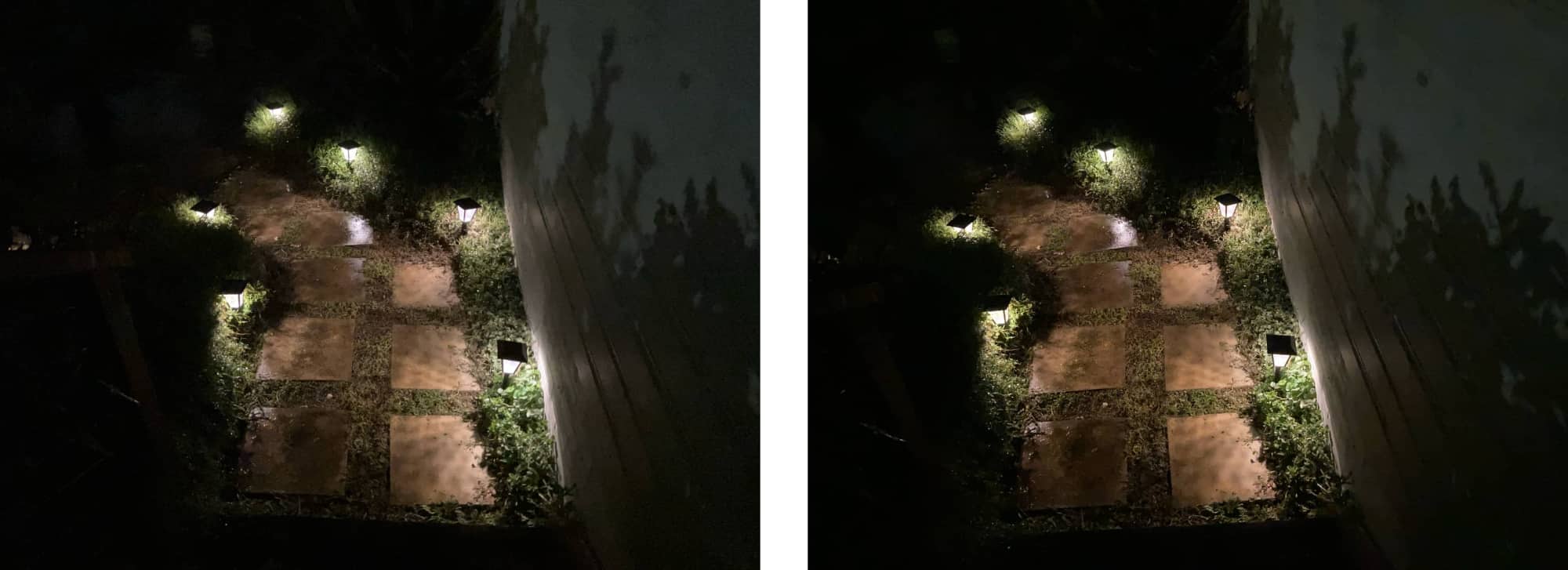
Battery
The battery also points that out, even if you might get a little more life to work with.
We found a full 24 hours was possible, but mostly unlikely, with a nightly charge more a minimum requirement for relying on the iPhone SE 3.
Much like the older models in this style, the battery inside isn’t particularly large, and the performance isn’t going to net you the full 24 hours unless you basically do as little as humanly possible.
If you don’t do much, you’ll last a full day. But if you use your phone, expect to charge it when you go to bed. And if you use your phone a lot, possibly one more time in between there.
Fortunately, it supports wireless charging plus wired charging through the Lightning port, but you’ll also miss out on MagSafe compatibility, as that’s missing in action here.
Value
But even though the changes aren’t massively significant, the value still kind of is.
And here’s why: Apple’s iPhone is a premium phone, and has always been considered a premium phone. There is no “cheap” iPhone per se, but the iPhone SE is a range that allows the hardware from the expensive models to trickle down to the low end, much like how Google used to do in the Pixel “a” series.
As it is, Samsung used to do it in the beginnings of the Galaxy A series as well, a range which has diversified enough that in 2022 it now covers lots of price points, but back when it launched, we wrote about Samsung’s mid-range squeeze on price.
For $719, the price is actually not bad at all given you’re getting a great phone with some future proofing from the chip, though we’d opt for the minimum of 128GB in the $799 model.
What needs work on the 2022 iPhone SE?
Frankly, we’re not even sure why Apple starts at 64GB anymore given the storage amount tops out rather quickly these days.
That’s just one of our quibbles with the iPhone SE, and we wish Apple had just called it and said 128GB was the minimum, like we’re seeing on competing Android devices.
The lack of a major update is the other, because while this is an improved model on the entry-level iPhone you could buy a few months ago, you’re not getting really anything extra thrown in that other modern iPhones offer.
The lack of Face ID isn’t a concern, because there’s a perfectly great Touch ID sensor in the home button, but we wish MagSafe had been included in the design, rather than just simply seen the iPhone SE design from last time (and the iPhone 8 design before it) recycled for a new generation.
No MagSafe means you don’t get the high-speed wireless charging on offer on models of the iPhone 12 and above, and can’t use those neat magnetic accessories available to other iPhones, including the iPhone 12 Mini and iPhone 13 Mini, models of phones that are even smaller than the iPhone SE.
Likewise, we wish Apple has added a secondary camera, even if it was the one from the iPhone X. The XR is no longer part of the lineup, and so while we bet that the single camera iPhone kind of fleshes out the bottom end, a second camera would have totally been appreciated here.

How does the 2022 iPhone SE compare against the competition?
Of particular interest is just how the new iPhone SE compares against the market, because clearly, there’s so much to pick between.
There are clearly inexpensive 5G phones well below the $719 starting price of the new iPhone SE, and models pitching around the same price and much higher. This isn’t technically an Android competitor, even though there are great options on that operating system.
If anything, 2022’s iPhone SE update feels like an upgrade path for people with older iPhone models that are still largely happy with what they have, yet aren’t keen for the big screen experience. If you have an iPhone 5, 6, 7, or even 8, and haven’t really found a reason to jump to the big screen experience on offer from Apple in the X, XR, XS, 11, 12, and 13 designs, the 3rd generation iPhone SE makes sense because it’s more of what you’re already used to, but with updated specs.
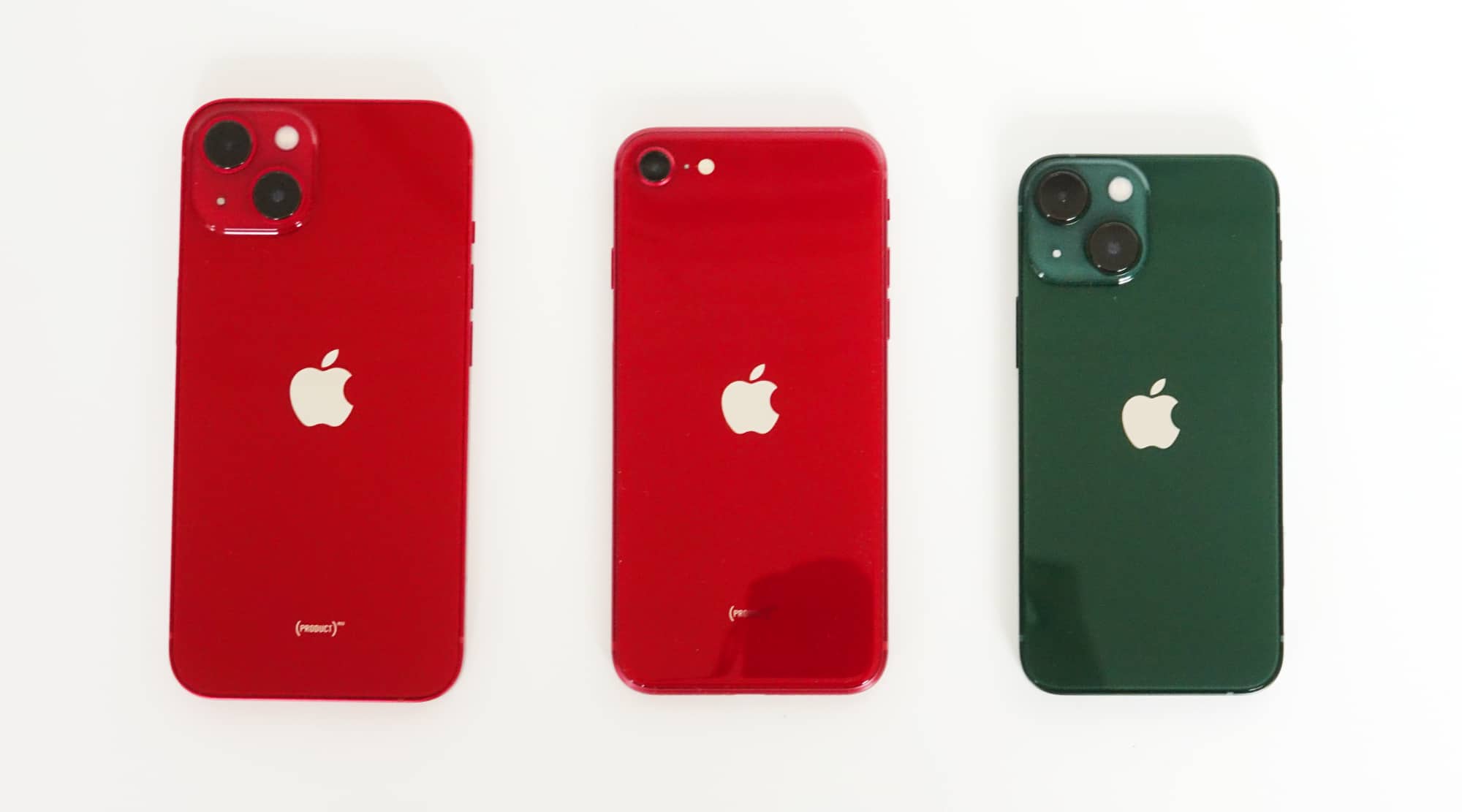
It’s also a model of iPhone for folks who want a recent model but aren’t happy to spend the thousand dollar minimum to buy into an Apple phone, given it offers similar tech at a fraction of the price.
With respect to the number of competing Android devices out now, there are clearly a bunch of phones with better specs and price points, sometimes with three or four times the cameras and a serious improvement on the maximum day of battery life on offer from the new SE.
And yet, they also lack the one thing missing in these comparisons: they’re not an iPhone.
Not everyone wants an Android, and some will naturally prefer the Apple experience, and that is totally fine. There’s lots of choice, and great options on either side.
For folks looking to get an inexpensive iPhone with enough of the fix-ins without the premium price point, the 3rd gen iPhone SE hits that pretty well.
Final thoughts (TLDR)
All of this makes the 2022 iPhone SE a winner, though we suspect you won’t be surprised at that. While the update to the phone isn’t much more than a spec update, it’s Apple opting to modestly update what wasn’t really broken to begin with.
Two years on from the first iPhone SE refresh, the latest brings improvements fans of the design will love. It’s fast, friendly, pocketable, and easy on the wallet, too.
While the new model doesn’t improve upon the iPhone SE remarkably, what it does provide is enough of the iPhone in a style fans of the old phones will love, all at a price they can appreciate. Surprisingly, we still recommend it.
